As frequently as I write, I’m still impressed with people who can continually dish out awesome content, never running out of blog ideas.
I still have the occasional day where I draw a blank with topic generation and angles.
It happens.
Coming up with awesome content ideas on the regular is a big challenge that bloggers and inbound marketers face all the time. You just need a little playbook to fall back on when that blank white page and flashing cursor are screaming in your face.
It’s not always easy to meet the demands of a regular editorial calendar, especially when you’re blogging on a daily basis. If you stress about it, you’ll only distract yourself from content generation.
You can always use old content to fill in the gaps between new content. But we all know that fresh content drives traffic and conversions more effectively.
So, what do you do?
When you’re worried that the inspiration is drying up, and you’re running out of unique and compelling content ideas, you need to know where to turn for inspiration.
You don’t need a ton of ideas
When it’s time to churn ideas for your blog, you probably stress about trying to create this long seed list of topics in one big brainstorm session.
You can do that, but it’s not always necessary.
Stop wasting time creating 100+ ideas in one sitting. After all, you only need one great idea to make a good article.
Right?
If you go by the ol’ 80/20 rule, where only 20% of your content ideas are great, you still only need a handful of ideas.
Why?
Because that handful of ideas can be transformed into so many more with a simple formula.
One topic is more than enough
Let’s say you want to write on email marketing. There’s a ton of content out there already on that subject.
Don’t let that scare you away from writing about it!
The marketers who do that are trying to live by the concept that 1 idea = 1 topic. That’s just not true.
This is the formula you should be using: 1 idea = topic x angle.
With the above formula, you can put together dozens of content approaches that hit on the big key indicators of a great topic and will fill your editorial calendar.
Change up your format
When you’re thinking about your angle, also consider the format of your blog post. This can help you find new slants for a topic.
Not every post needs to be an instructional article. For example, each of the following formats could generate a different approach to a piece about email marketing:
- Data-driven studies
- Reviews of awesome books
- Products and apps
- Roundup posts (influencers, links, posts, books, documentaries, ted talks, events)
- Influencer interviews
- How-to guides
- Straight opinion pieces
- Listicles
Check out a few easy angles I’ve thrown together by combining the above formats with the subject matter.
- 5 Studies That Prove Email Marketing Boosts Customer Lifetime Value
- My Review of the “Master Email Marketing in 7 Days” Book
- The Top 4 Email Marketing Platforms for Indie Authors
- 13 List-Building Tips from Industry Experts
- Discover How <Influencer Name> Grew His Subscriber Base by 10k in 10 Days
- How to Create a Killer Email Opt-In That Converts
But the hard part for a lot of marketers and business owners is coming up with those initial ideas.
Here are some of the best ways to develop content gold when you’re feeling creatively tapped.
1. Survey your followers
Your followers know what they like, and they know before anyone else what’s on their minds. Pick their brains for ideas.
This can be done in a number of ways depending mainly on the channels you use to engage your audience.
Use Email – Send a targeted blast out to your subscribers and ask them to respond directly with their favorite topics.
Use Social – Post to your various social accounts. Ask followers to respond with the topics they prefer, and find out how they like to digest that content. Try using a hashtag for setting up a social chat to make it easy to track responses.
On Facebook, boosting your posts can ramp up the number of responses you receive, as well.
Post to groups & forums – Starting a topic in a relevant group is a great way to boost group engagement and be active while trying to build your network. Ask group members for their input on the topics they’re hungry for within your industry.
You can centralize your data collection by using a Google Form or a platform like Survey Monkey. Just share the survey link through the above channels to get the feedback you’re looking for.
2. Review your top-performing content
Already putting out a lot of great content? If so, you’ve got an easy source for content ideas.
Just check your analytics.
Google Analytics is a powerful platform for tracking the performance of your content, but it can also give you powerful insight from the behavior of your visitors.
First, use the menu in Google Analytics to navigate to Behavior > Site Content > All Pages. This displays the most popular pages on your site within the date range you specify.
You can narrow the focus by adding a filter to the content, like the director for your blog, or a specific category. This eliminates irrelevant site content like landing pages.
If you have a site search box, you can also run a report in your Google Analytics to track the words your visitors use to find specific content or topics on your site.
Every search term is an opportunity to dig deep into a topic.
3. Jump to Q&A sites like Quora
Quora can provide an endless supply of content ideas, depending on your industry. With some 190 million monthly users, you can bet there are a ton of topics and questions being discussed on the regular.
You can use those questions to inspire your own content ideas.
Questions on Quora are lumped together by topic, so perform some simple searches using topic-related keywords.
Then just look at the most popular questions.
Use the stats coupled with each question to see which ones are the most popular.
Don’t neglect other questions, though. There still might be some gold in a question with just a few answers. One of the answers may have been so thorough that no one else responded.
4. Dig through Reddit for top content ideas
Reddit is another great site that’s like a monster mashup of forums and Q&A content. Reddit is broken down into little communities called subreddits (micro-forums that are topic-specific.)
Use the search box within Reddit to find topics and subreddits related to your topic.
Once you find a relevant subreddit to your industry, you can sort the topics. The default view will show you what’s trending right now.
Use the sort function to show you the top content for a given period, or to show the top posts of all time. This will get you into the most widely discussed and upvoted content by the community.
Subscribe to the relevant subreddits as you find them to make it easier to source ideas later.
5. Mine comments of popular blogs and articles
Found a popular post on a particular topic that interests you? Check the comments of that post.
There’s a good chance a reader, or even another influencer in the industry, will pose a question or start a discussion around the article that could lead to terrific content ideas.
Keep an eye out for general questions posed by readers in the comments. Those questions show an opportunity to skyscraper that article and cover or clarify an angle the author missed.
To avoid wasting time digging through blogs one by one, you can search through Disqus and save a little time.
Run a Google search using a query like this with the relevant operator – site:disqus.com/home/forums/ “your keyword”
6. Don’t forget to repurpose your content
There’s no rule that says you have to publish an article on your blog every day. If you want to spread your topics out, then repurpose your content.
Take one of your top-performing posts and turn it into something else.
- A data-packed infographic
- A slide deck
- A quick podcast
- A video
- A series of images with text overlay
This works well because the content has already been created. You only need to apply a new format, publish it, and promote it.
Jay Baer regularly uses this approach to spin off multiple pieces of content from a single original piece.
7. Research competitor content and site keywords
Your audience isn’t your own. They engage with other brands and with influencers.
So go where they go to get ideas for content that will interest them.
Find other successful bloggers and influencers in your niche and use tools like Ahrefs to analyze the content of the people competing for the attention of your readers and customers.
Open the Site Explorer and drop the web address for any content into the search field to return the metrics for that page.
You can use the “best by shares” tab in the menu to see which headlines have been the most popular and received the most social shares. Zero in on those to inspire your own new content ideas.
8. Generate topics with Buzzsumo
Like Ahrefs, Buzzsumo is another great tool for stirring up content that your audience will love.
Buzzsumo lets you find the most shared content around the web from multiple angles, including:
- By domain
- By keyword
- By author
Not only can you source new topics based on their popularity (number of social shares), but you can also use this tool to validate any content ideas you’ve come up with.
Got a handful of topics you think will be great? Plug them into Buzzsumo to see what’s already out there and how it’s performed.
If you don’t turn up anything, that doesn’t mean it’s a bum topic. Maybe it hasn’t received the right treatment yet.
9. Break down published book content
A lot of what we read on the web is inspired by books and things we’ve read before. Marketers and bloggers regularly turn to their bookshelves for education and for building their skill set.
It’s natural.
That makes any great book within your niche a terrific source for blog topic ideas.
Of course, you don’t want to copy the content. Just keep notes while you read and pick out opportunities to expand on a subject and create a valuable post for your readers.
You can even call out the specific books by sharing lessons the lessons you learned, including actionable points and ideas for implementing those tips.
10. Pad your editorial calendar with guest bloggers
You probably have a number of goals with your content and blog.
- Grow your subscriber list
- Increase the size of your following and reader base
- Position yourself as a thought leader
Just to name a few.
Did you know you don’t have to produce all the content yourself to hit your goals?
Plenty of bloggers welcome other experts to provide guest posts. Do the same to ease the burden of producing new content on a daily basis.
This is a tactic used by influencers and businesses in various industries, including Shopify and HubSpot. It’s also done regularly on several platforms I’m involved with, like Kissmetrics and SproutSocial.
There are a number of ways to go about bringing in guest bloggers, including:
- Find bloggers and influencers and pitch the idea to see if they’re interested
- Create a guest post submission/request page on your site
- Put out a call to action among your networks and ask for guest-post pitches
11. Combined relevance makes for fun content
Combined relevance can be a fun way to present a topic to your readers in a way they likely haven’t seen before.
There’s also the chance you’ll hit on multiple topics that they love.
Combined relevance is simply taking two concepts that don’t really have anything to do with one another (like video games and marketing) and connecting them in some clever way.
HubSpot published a similar post covering marketing lessons learned from cupcakes.
Yup. Cupcakes.
12. Get hyper granular on a topic
Just when you think you’ve talked about every angle on a topic, there’s still one more level down.
Go deeper.
In every popular post you’ve written, you can likely pull out one specific aspect of the topic and go into more detail. That’s getting granular.
Just because you’ve written on a topic once doesn’t mean you can’t cover it again. There are a handful – even dozens – of granular topics buried within every piece of content you write.
In this post I wrote about 7 lessons I learned from legendary copywriting books, there are countless granular marketing and copywriting topics than I could pluck for future content, including:
- Value proposition
- Urgency
- Tracking marketing ROI
- Learning what motivates people to convert
- Creating consistency in copy
13. What are your customers asking for?
You can get great feedback on what customers want with surveys, but you can learn a great deal more by simply paying attention to what they ask for and talk about in their normal interactions with you.
Common questions in help desk tickets, forums, and social media discussions can make for great topics you can leverage to provide answers and snag that organic traffic.
What’s the best way to listen to your audience?
- Check with public-facing employees and brainstorm common customer questions/concerns
- Review social engagement for questions
- Check your own blog comments
- Dig into your help desk platform and check old customer tickets for topic opportunities
14. Look everywhere for inspiration
Inspiration for an article or blog can come from anywhere — especially when you’re at events and traveling. Any person you bump into, any conversation, or even a movie can give you an “ah-ha” moment.
These can all be fuel for powerful ideation sessions that can pad your topic list.
Shane Snow shared a perfect example of this in a post on Contently:
“I went to an interesting conference the other day. I got 4 posts about it, taking the smallest points from speakers and turning them into full stories.
- I went to a totally boring conference a while back. I wrote a post about it.
- I got stuck in an airport and missed a conference the other day. I wrote a post recapping what I read about it on Twitter.
- I had an insightful conversation with a mentor the other day. I wrote about one of the insights.
- I gave a speech that totally bombed the other day. I’m writing a post about what I learned.
- I read great blogs all the time. I use them as inspiration for my own posts, both riffs and rebuttals.
- When people ask me questions, I write posts about them. When I have a question about something, I find the answer, and then write a post about it.”
Still struggling with creativity?
Writer’s block sucks.
Who wants to sit in front of the screen, trying in vain to figure out what to write?
If it happens often enough it can make you want to give up. And there are a number of things that can cause that block to happen either before or after you’ve finally put together some great topics:
- Major life stressors
- General mental health issues
- Feeling like the end of a blog post is way too far away
- Not wanting to write or research the next segment
- Avoiding a necessary rewrite or edit of an idea
- Worrying about how well the content will be accepted by readers
- Feeling inadequate compared to other influencers
You just need to remember that, in those situations (or anytime you find yourself blocked), you haven’t lost your ability to write high value 10x content. You just need some forward momentum to help you get moving.
Check out my post that showcases 10 tools to crush writer’s block and get some inertia behind your writing.
Conclusion
Some of the most popular sites that dish out content have managed to hold onto their popularity by relying on fall-back content staples like listicles. You can’t put all your eggs in one basket, though. The best way to reach the widest audience is to balance your editorial calendar.
That means creating topics that pull from various angles and formats. This way, you’re creating the greatest variety of content that will remain evergreen and provide the most value to your readers.
Everything I’ve shared with you here will help you pour gas on your creative fire, providing a never-ending supply of ideas for your blog.
What are some of the tricks you use to come up with killer blog topics?



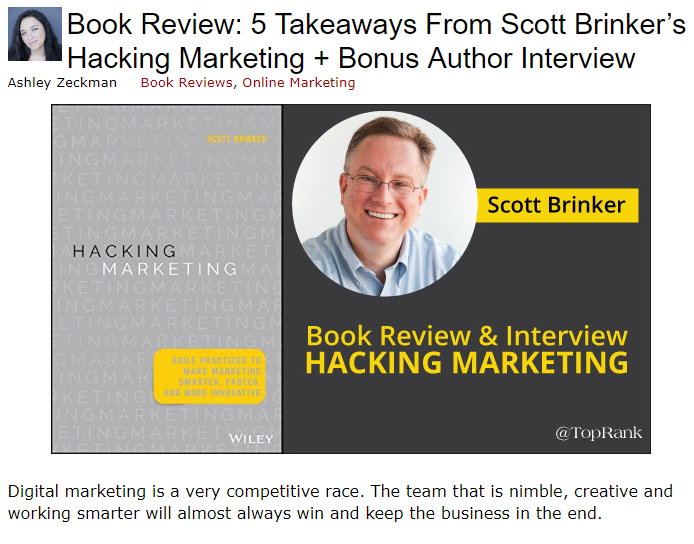


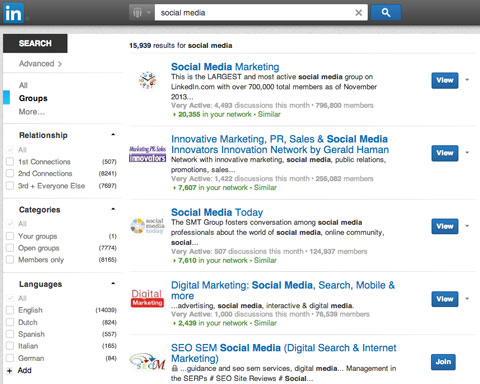


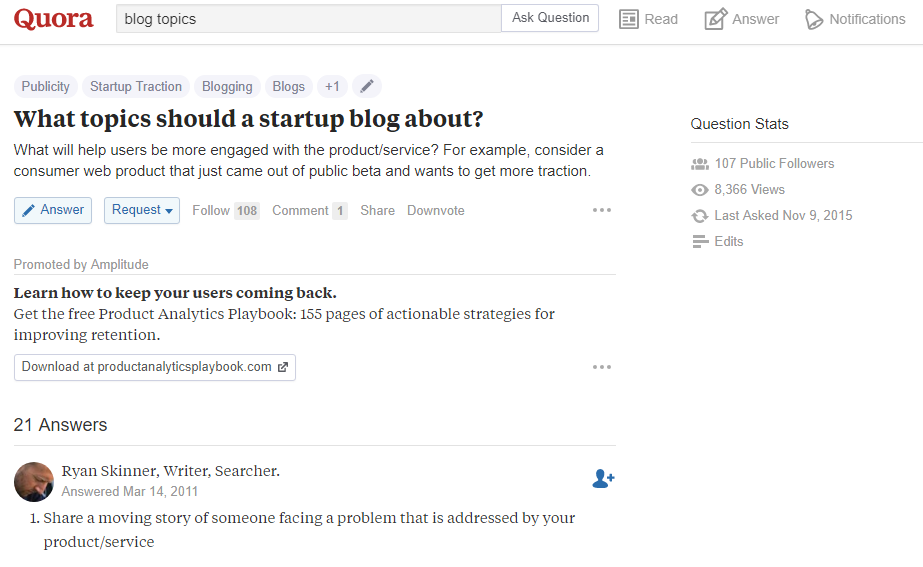
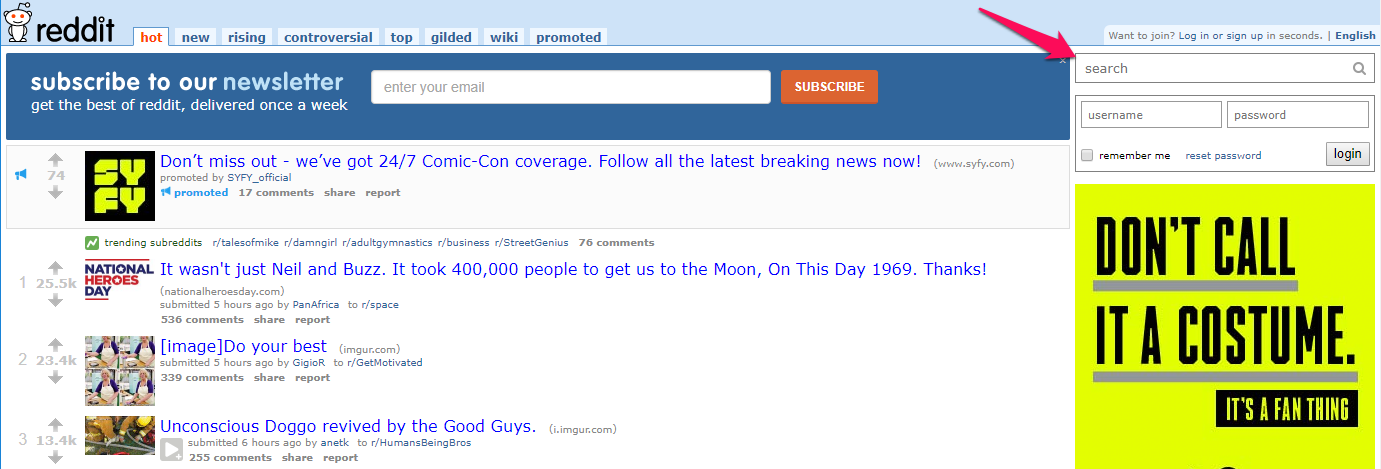


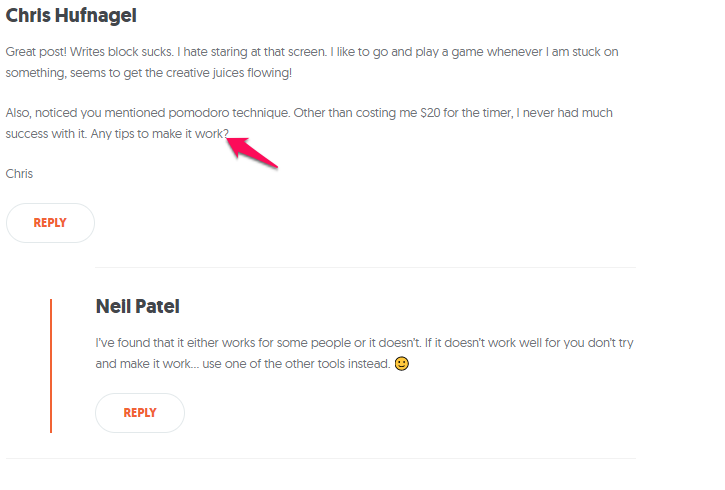
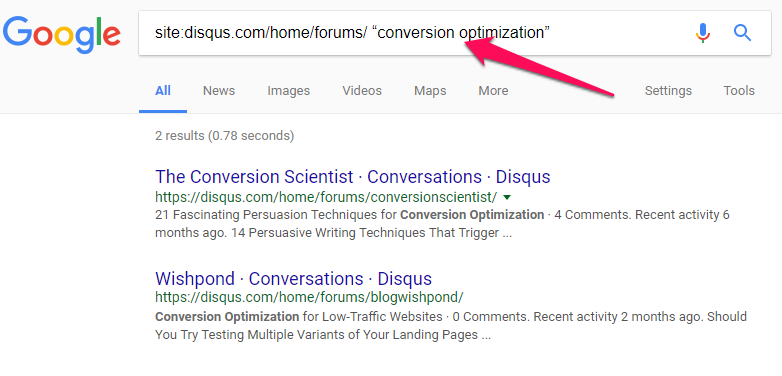



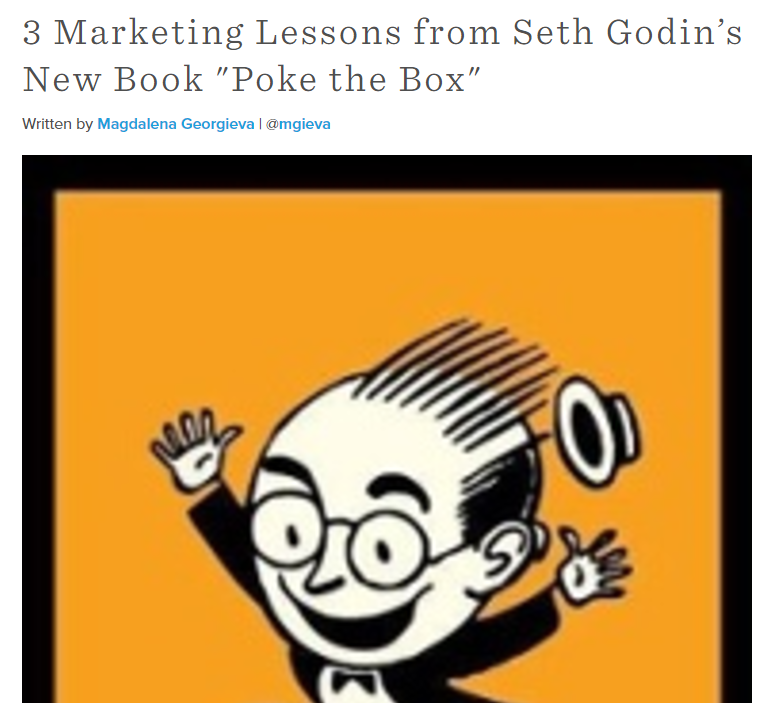


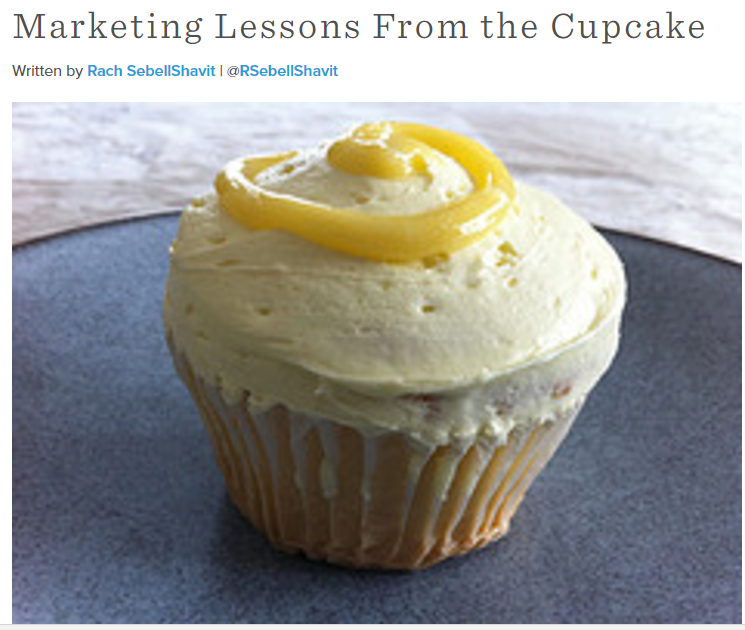
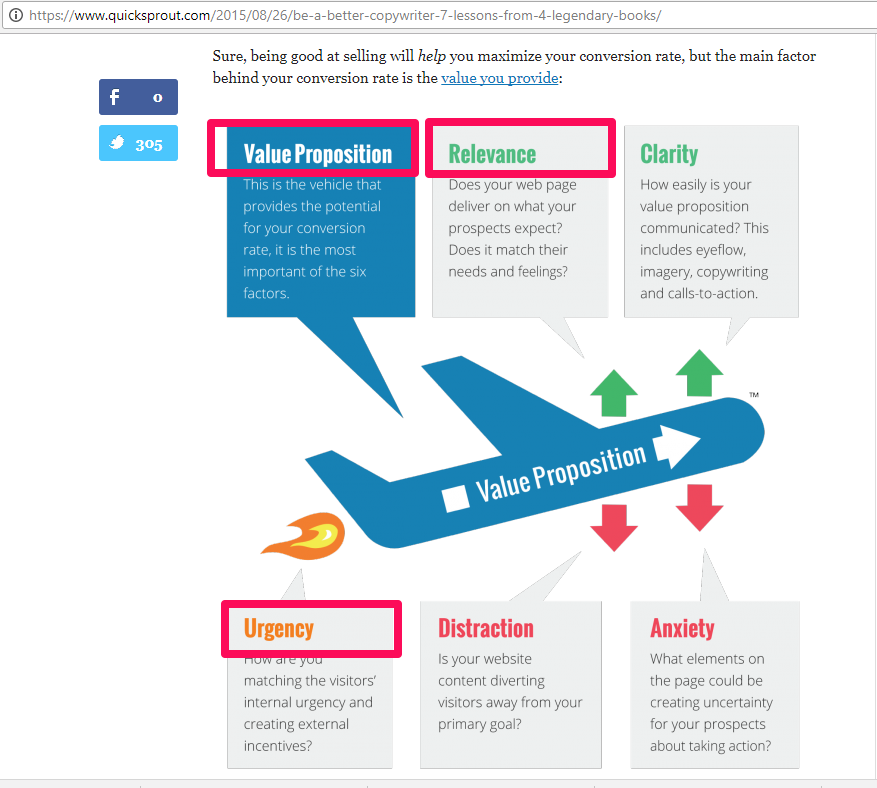


Comments (4)